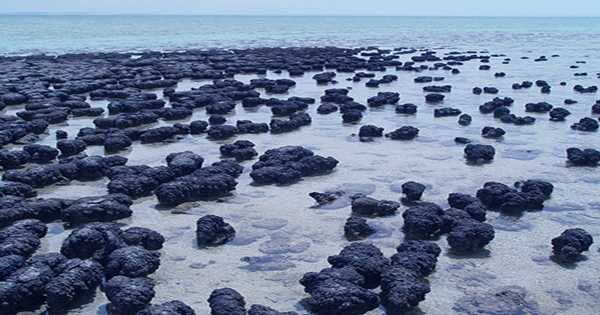Greenland hosts some of the oldest surviving rocks in the world. We have good reason to believe that the first life appeared on Earth soon after it had cooled enough to support the planet. However, whether we can find traces of these early organisms has been highly debated. Two documents from a group of scientists support the theory that bands of graphite in ancient rock came from some form of early life. Work can enhance our ability to find life on another planet.
Graphical carbon particles are found in it, not different from pencil subjects (Google it, kids). The discovery of this carbon generated a lot of excitement, as it may have been an early remnant of life. However, two other, much less exciting, theories were also proposed – either carbon was a non-biological source, or it was from recent living things that worked long after they were made into rocks.
A team including Dr. Dominic Papineau of University College London made the point that the interpretation of expectations was correct, In Earth and Planetary Science Letters. Papineau said in a statement, “We now have multiple pieces of evidence that these mineral associations are biological in the formation of banded iron.”
The graphite is trapped in banded iron rocks, some of which are more than 3.8 billion years old. In 10 cases it has been found to be associated with apatite, a component of teeth and bones that may also be of non-biological origin. They have been converted into heat and pressure many geologists hoped that any individual biological trapped between them would be destroyed.
However, Such as the material laid out by recent life forms, the paper states that graphite is reduced to the carbon-13 isotope. The distribution through the rocks is consistent with the remnants of organisms accumulated by hot liquids such as hot water from a firearm.
Papineau shows that signs of life can survive a similar transformation, in a second study published in the Journal of the Geological Society. He used banded iron formations from Michigan, less than half their age compared to part of Greenland.
The sizes of the animals in the Michigan rocks reveal that they once held life, but they received temperatures of at least 550 degrees centigrade (1,022ºF).
Yet the graphical carbon in these rocks has created chemical and isotopic signed stretched nets of life. If they could survive such temperatures and pressures, there is no reason to think that they would not make it for another 2 billion years.
Papineau led to the claim: “This has a huge impact on how we determine the source of carbon in extra-terrestrial rock samples from other parts of the solar system”, If Mars once hosted life, and the traces behind it are probably similar to these.
















